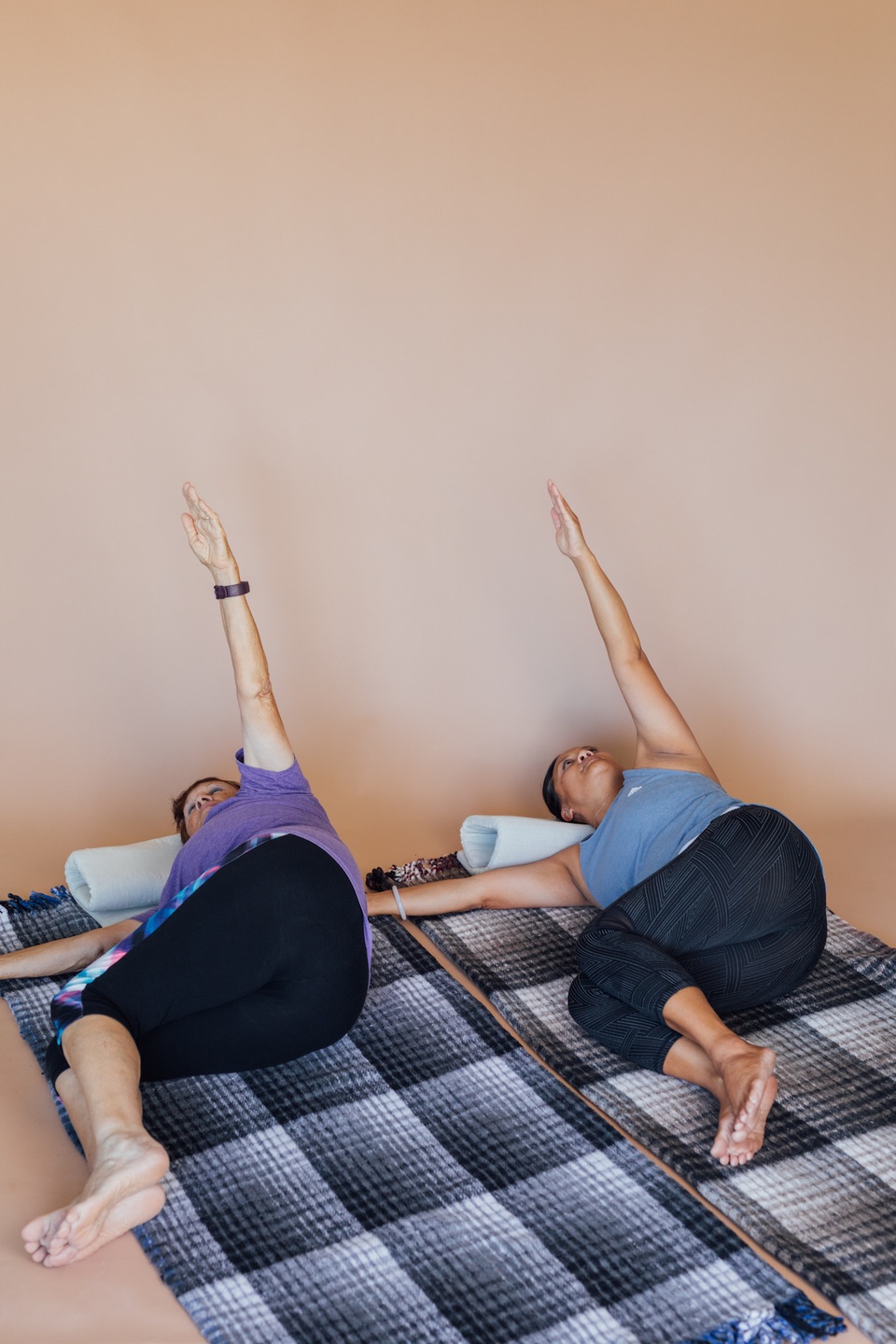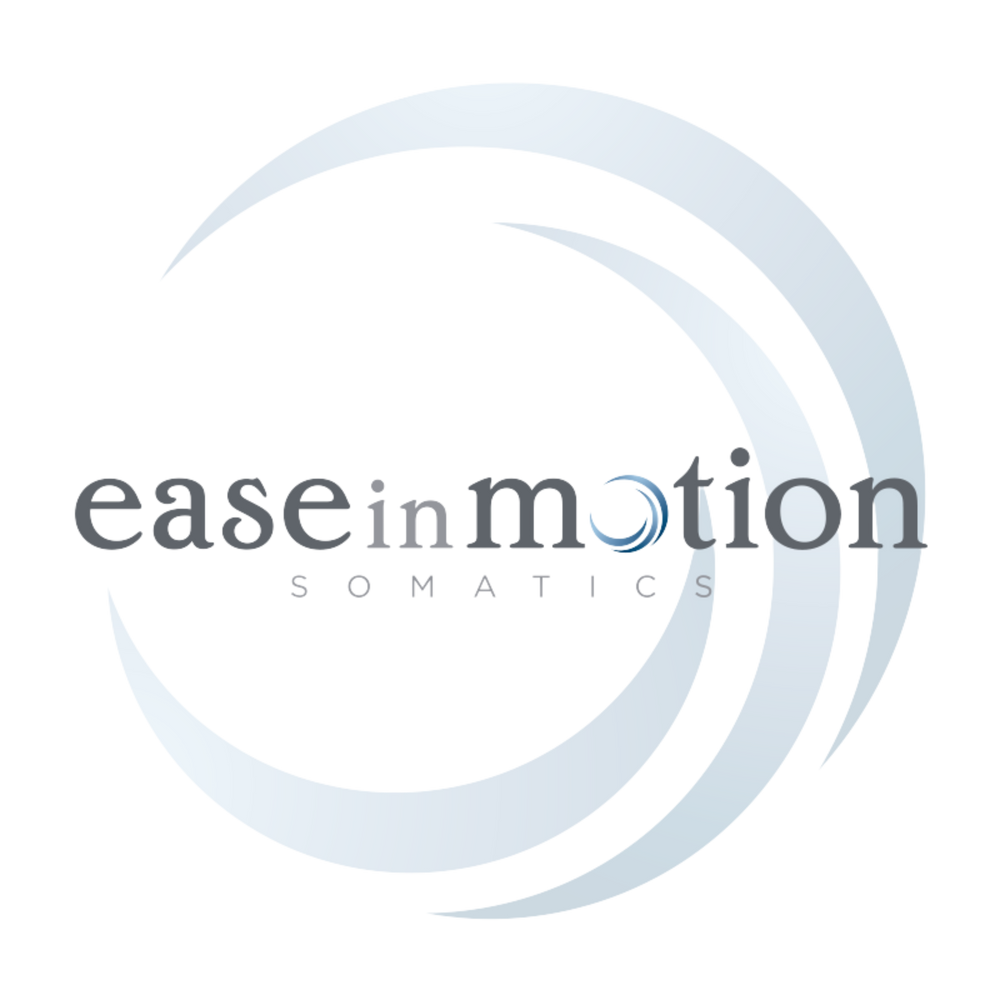“As we grow older, our bodies and our lives should continue to improve right up until the very end.”
- Thomas Hanna, founder of Clinical Somatic Education

Mind-Body Connection
Movement is important because it is fuel for the brain and having a healthy brain allows you to move freely without all the aches and pains that most people associate with aging or injury. Quite literally, it’s important to “move it or you'll lose it.”
Clinical Somatic Education and Brain-centered Movement training engages the nervous system using an active learning process to help relax muscles and ease your pain. First developed by Thomas Hanna, PhD, this process involves slow, focused, and gentle movements known as neuromuscular retraining. Clinical Somatic Education (also called Hanna Somatic Education) is a direct way to get rid of pain, tension, and poor posture caused by sensory-motor amnesia.
Muscles don’t move by themselves; they are controlled by the brain (motor cortex). Changing the way the brain messages muscles helps change chronically tight muscles and relieve areas of the body to improve flexibility and motor control, which essentially means, it improves your overall movement capacity.
Clinical Somatics is an education process to help you become more self-sufficient in addressing your musculoskeletal patterns and stubborn issues of tension. Mastering your movement helps you heal from injury, and unwind from the stress of health issues for yourself and your loved ones. However, one of the greatest benefits brain-centered movement helps with is the release of held muscular stress patterns that are subconsciously happening all the time.
Lifelong learning
The good news is that research has shown that through neuroplasticity, our brain can learn and relearn at any stage of life.
And this means having the ability to ultimately change the way we feel.
Through a guided process of self-sensing, you learn to voluntarily contract and relax a group of muscles (or a movement pattern, since no one muscle works alone).
This technique is similar to the way a cat and dog move in one direction and then release or relax before moving in another direction (pandiculation).
By doing this in a very slow and focused way, you can reprogram the brain and change the motor or muscle response to return to its natural state of rest and ease.
Pam helps you get back into your body, feel more awesome than you already do, and create a plan to help you get moving again.
Register for a Somatic Movement Class
Many of the following conditions can arise from long-term movement habits that we adapt to over the course of our lifetime. Neuroplasticity research shows that the more repetition we do of a pattern, the brain learns this and then repeats it automatically without you having to think about it.
The way we live our life, the way we move, the shoes we wear, the amount of stress/anxiety we live with, our injuries, surgeries, and our sitting/standing and fitness habits can show up as:
- knee, hip, and/or foot pain (including plantar fasciitis and fallen arches)
- shoulder and neck pain
- low-back/mid-back pain
- sciatica
- carpal tunnel syndrome
- poor posture (including tech neck and upper crossed syndrome)
- muscle tightness, pain or dysfunction
- TMJ (temporomandibular joint dysfunction)
- frozen shoulder
- stress and/or high blood pressure
- sacro-iliac problems (SI joint)
- tight psoas
- repetitive stress/strain injuries
- headaches
- scoliosis
- tendonitis or tendonosis
- thoracic outlet syndrome
- inflexibility
- arthritis and bursitis
- disc problems (bulging, herniated, swollen, protruding)
- hamstring/calf tightness
- insomnia
- dizziness
- balance issues
Clinical Somatic Education (aka brain-centered movement and neuromuscular repatterning) provides a host of mental and physical benefits and works directly with movement habits we’ve repeated and learned over our lifetime, by teaching students how to re-pattern movement and breath habits.
Here are some of the most common benefits associated with Clinical Somatic Education:
- improves posture
- increases mobility and flexibility without harmful stretching or force
- reduces pain and symptoms
- enhances coordination, balance, strength and stability
- lowers blood pressure
- decreases stress levels and/or increases the ability to deal with stress
- can be a useful tool for decreasing anxiety or panic attacks
- improves sports/ athletic/fitness/dance performance
- provides easy to use methods for healing from injury or surgery and is an effective addition to PT, massage and acupuncture
- equips you with the tools and strategies to continue to do the work on your
own
(for the rest of your life)
